Skip to content
Bucks, Suns Prove Once Again That Lightning Rarely Strikes Twice
On a day ruled by the phrase “Win or Go Home,” the last two teams standing from the previous NBA season both succumbed to the latter.
While their losses were starkly different, their circumstances entirely unique, the Milwaukee Bucks and the Phoenix Suns, the two combatants from the 2021 Finals, each bowed out in a second round Game 7 this postseason, ensuring that the league would have a new champion.
Each year, 30 NBA organizations begin the season with a sense of optimism. And for a large majority of those teams, the campaign begins with aspirations of summiting the mountaintop– of lifting the Larry O’Brien trophy as title winners come season’s end.
This makes actually accomplishing that task, or even coming close, debilitatingly difficult. It takes a near perfect blend of roster construction, team chemistry, and most variably, luck. Injury luck. Matchup luck. The size of your opponent’s shoe in relation to the three-point line luck. Everything must fall into sublime order for championship dreams to materialize. And as the playoffs have shown time and again, such order seldom repeats itself.

“We did it, Coach,” Giannis Antetokounmpo said to Bucks Head Coach Mike Budenholzer following Milwaukee’s title-clinching win in Game 6 of last year’s Finals. “We’re gonna do it again. We’re gonna do it again, coach.”
After delivering the Milwaukee Bucks their first championship in 50 long years, the primary thought on the mind of their Finals MVP was a desire repeat the triumph. And while that insatiable attitude is what has allowed Antetkounmpo to become the player he is today, he is learning first-hand a lesson many former champions have been forced to endure: winning one is hard, but winning another is brutally harder.
In their run to the crown, the Bucks cooked up the typical championship recipe, with a teaspoon of schematic superiority, a dash of clutch plays, and a helping of good fortune that many have argued was greater than average. After exorcising their demons from the previous postseason with a first round sweep of the Miami Heat, Milwaukee embarked on a whirlwind series with the championship favorite Brooklyn Nets. Thanks in part to injuries to Nets stars Kyrie Irving and James Harden, as well as Kevin Durant’s foot being just inside the three-point line on what would have been a season-ending dagger in Game 7, the Bucks advanced by the slimmest of margins.
The Eastern Conference Finals and NBA Finals brought their own deal of chaos, but through it all Milwaukee demonstrated their ability to weather the storm. Injuries to Atlanta Hawks dynamo Trae Young and Antetokounmpo compromised Milwaukee’s original plans in the ECF, but a strong performance from Khris Middleton helped the Bucks emerge victorious nonetheless, their status as the better team never truly in doubt. And after falling into a 0-2 Finals hole, they maintained their composure, riding a legendary showing from Antetokounmpo and his co-stars to a coveted championship ring.
Milwaukee’s title run was not normal, but no championship story ever is. They each come with their share of unexpected turns and lucky bounces. It is this quality that makes them each so unique and captivating. However, it is also the quality that makes them so dizzyingly difficult to repeat.
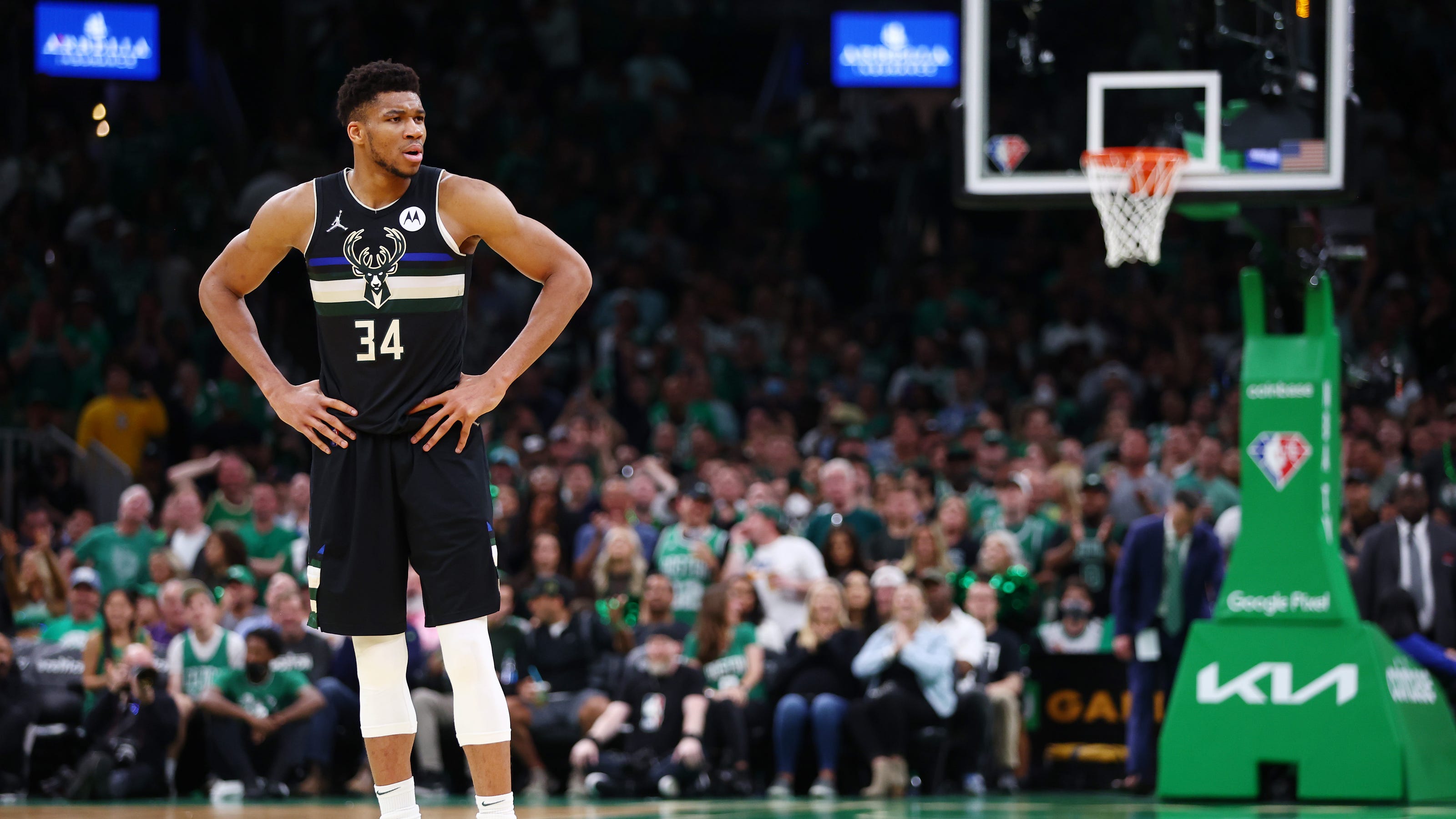
Phoenix experienced a similar journey to their Finals counterpart, albeit with different sequencing in the way their lightning struck. With a bit of help from injuries to their opposition, Phoenix stormed through the 2021 Western Conference playoffs, arriving to the Finals with untold optimism and excitement. Led by Chris Paul, an aging legend whose jewelry collection is devoid of an NBA championship ring, Phoenix was easy to root for, and after taking a 2-0 lead on the Bucks in the climactic series, it appeared the title that had eluded the franchise for the entirety of its history was imminent.
Unfortunately for the Suns, the aforementioned Milwaukee tidal wave left them on the opposite end of the confetti rain and champagne showers, giving way to an offseason dominated by one question: would Phoenix ever be able to recapture the precision that had them on the precipice of history?
The 2022 regular season seemed to respond with a resounding yes. The Suns were far and away the league’s most prolific group, surging to 64 wins amid a career-best season from guard Devin Booker. If there were ever a team that looked capable of vanquishing their Finals demons, it was Phoenix.
However, the postseason told a different tale. Cracks began to show in Phoenix’s offensive attack, and over time, the team that had appeared so unbeatable over the course of the regular season found themselves in a do-or-die scenario: Game 7 against the Dallas Mavericks, led by young dynamo Luka Doncic. Such a situation is dangerous, especially when the best player on the court is wearing the opposing jersey. And on that fateful day in Phoenix, the Suns learned the same lesson that the Bucks were learning across the country in Boston: in the NBA lighting rarely strikes twice.
Phoenix and Milwaukee both suffered season-ending losses at the hands of teams that had been eliminated in the opening round of the playoffs the year before. While the Bucks put up some semblance of a fight, the Suns were unequivocally embarrassed on their home floor, trailing Dallas by as many as 46 points. It was a stunning scene, and one that served as a stark reminder that the only thing more challenging than making one deep playoff run, is making another.

There have been countless promising teams over the course of NBA history that seemed destined for perennial greatness, only to struggle in their attempts to return to their previous heights.
In 1977, the Portland Trailblazers won the championship on the back of Finals MVP Bill Walton. The next season, Portland began the year with a 50-10 record, and Walton was named league MVP, but injuries to their star big man derailed their bid to repeat. Walton never played another game for the Blazers, and the franchise has not won a title since.
In 2008, the Boston Celtics proved the legitimacy of their “Big 3,” claiming the title with the three-headed monster of Paul Pierce, Kevin Garnett, and Ray Allen leading the way. Given Boston’s surplus of superstar talent, a dynasty seemed to be in order. The Celtics returned to the Finals with the same core group in 2010, but fell in Game 7 to their bitter rivals, the Los Angeles Lakers, the same team they had defeated in their original run, and fell short of the Finals in the following two seasons before splitting up the team.
In 2012, the Oklahoma City Thunder appeared to arrive far ahead of schedule when they earned a trip to the Finals with Kevin Durant, Russell Westbrook, and James Harden at the helm, all of whom had not yet reached their 25th birthday. Though OKC was dispatched by the Miami Heat in 5 games, the Thunder’s return seemed inevitable. However, after Harden was traded, Westbrook and Durant suffered major injuries, and the duo blew a 3-1 lead in the 2016 Western Conference Finals. This failure caused Durant to depart Oklahoma City for good, leaving the Thunder with nothing to show for a roster that once housed three future league MVPs.
During times of postseason glory, it is easy for NBA fans and franchises to view the future with unbridled optimism. But assembling the many individual parts necessary to create an NBA champion is a tall order, and one that is seldom accomplished with any form of consistency.
But while proper roster construction is essential, so too is a certain magical quality, as intangible as it is rare. To make a meaningful run in the playoffs, everything must align, including factors outside of the team’s control. It requires nothing short of a perfect storm. And if the Bucks and Suns have taught us anything, it is that playoff success should be cherished deeply in the moment, since it is impossible to know if that perfect storm will ever brew again.
Walker2022-06-26T22:29:57-04:00
Share This Story, Choose Your Platform!


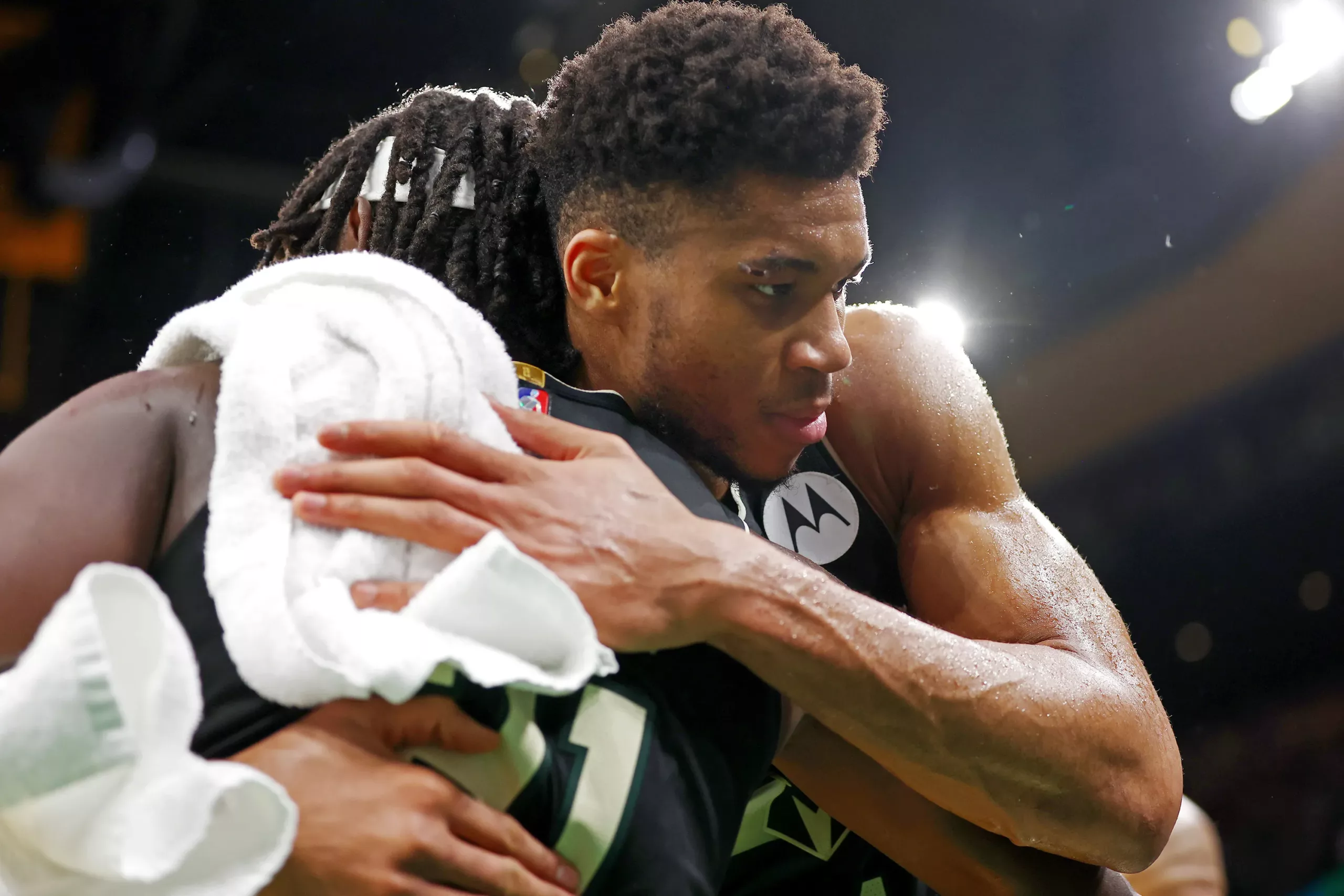


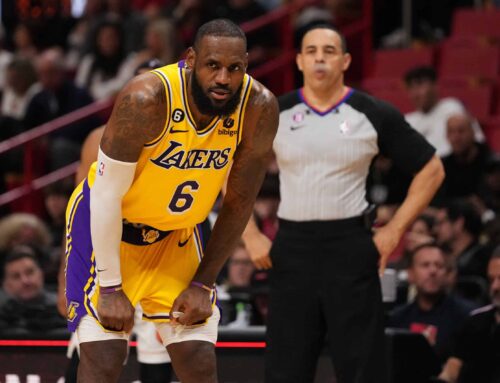
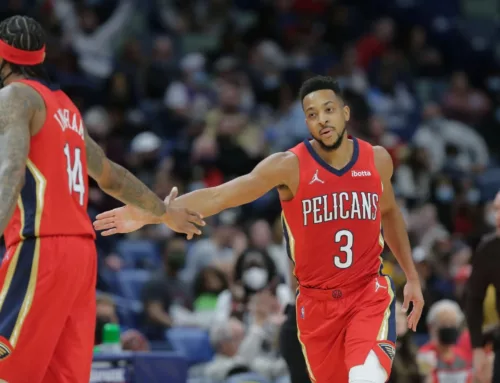
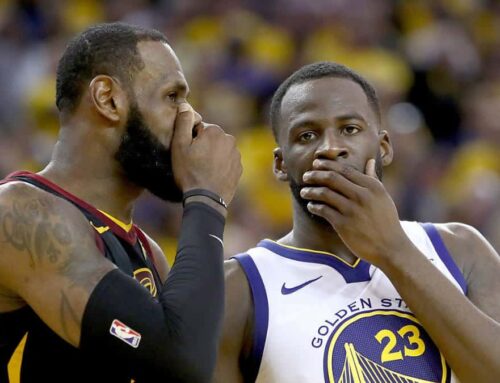
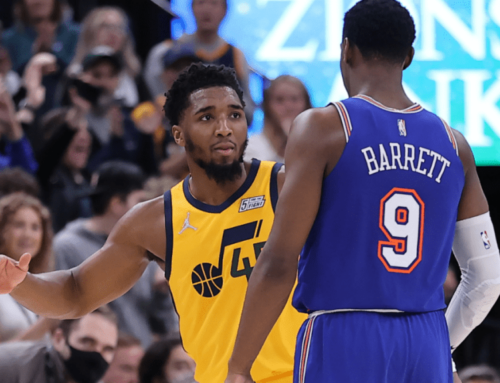

Leave A Comment